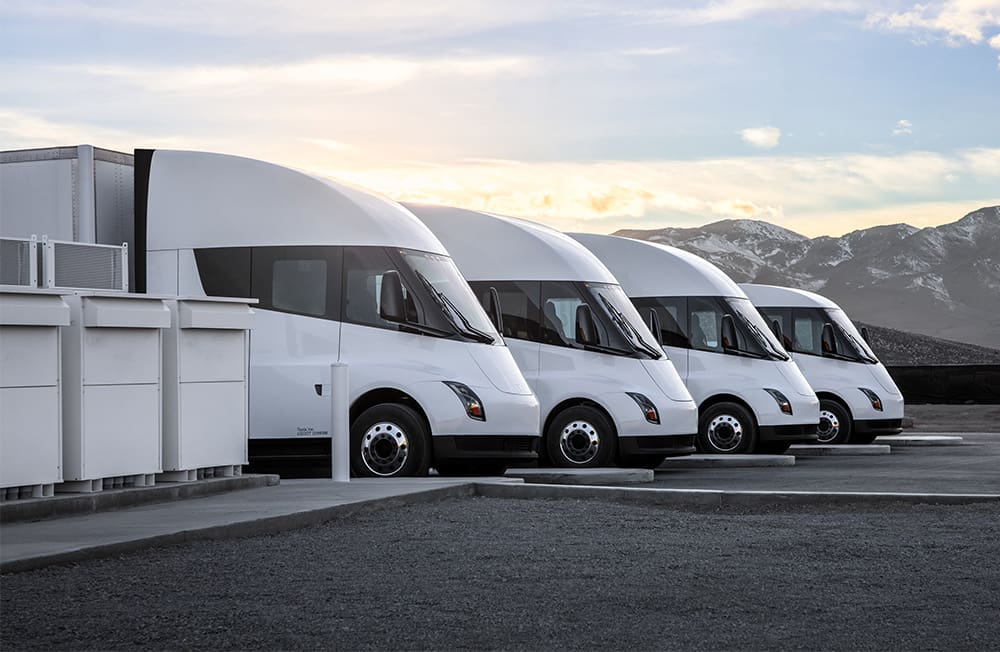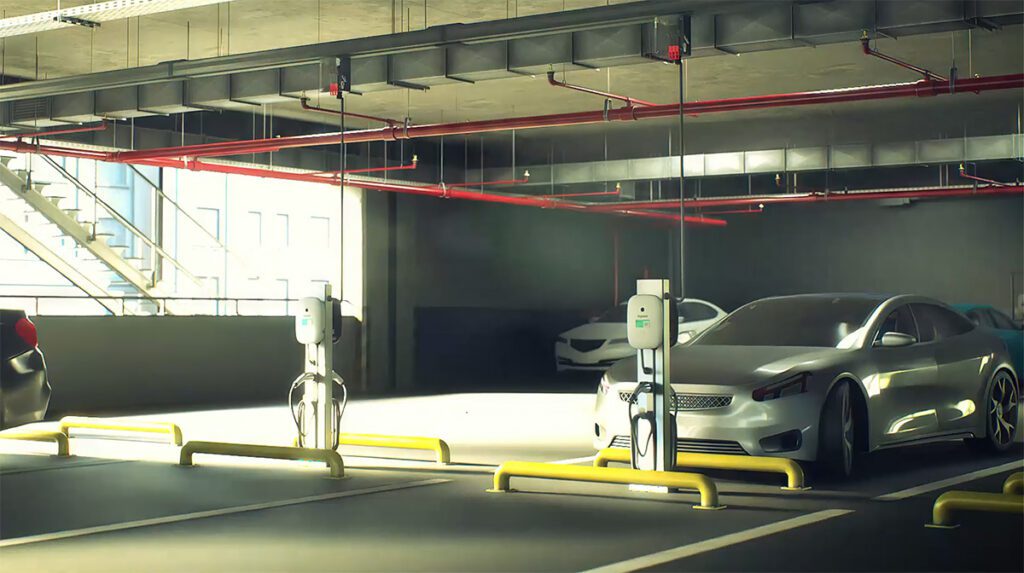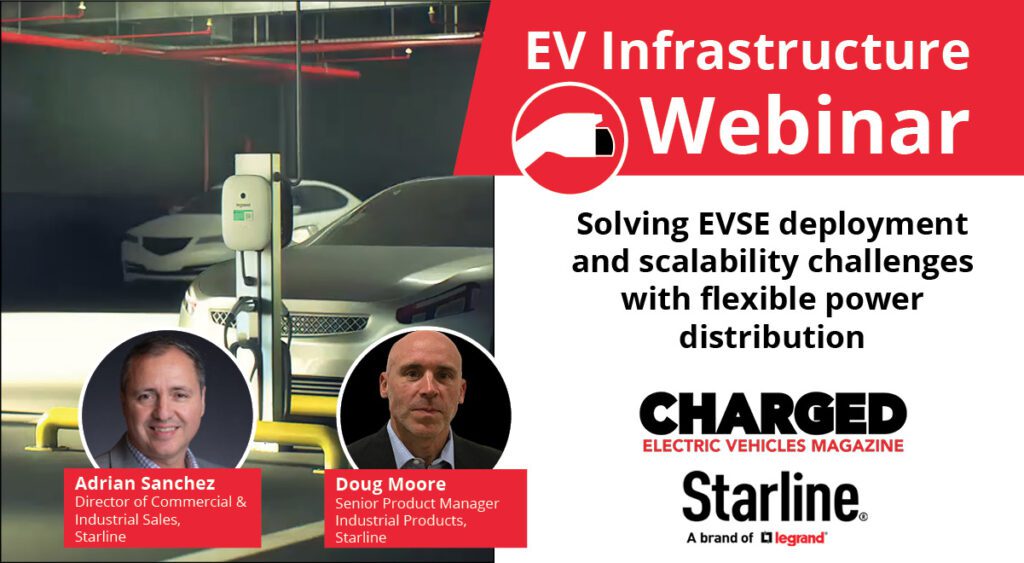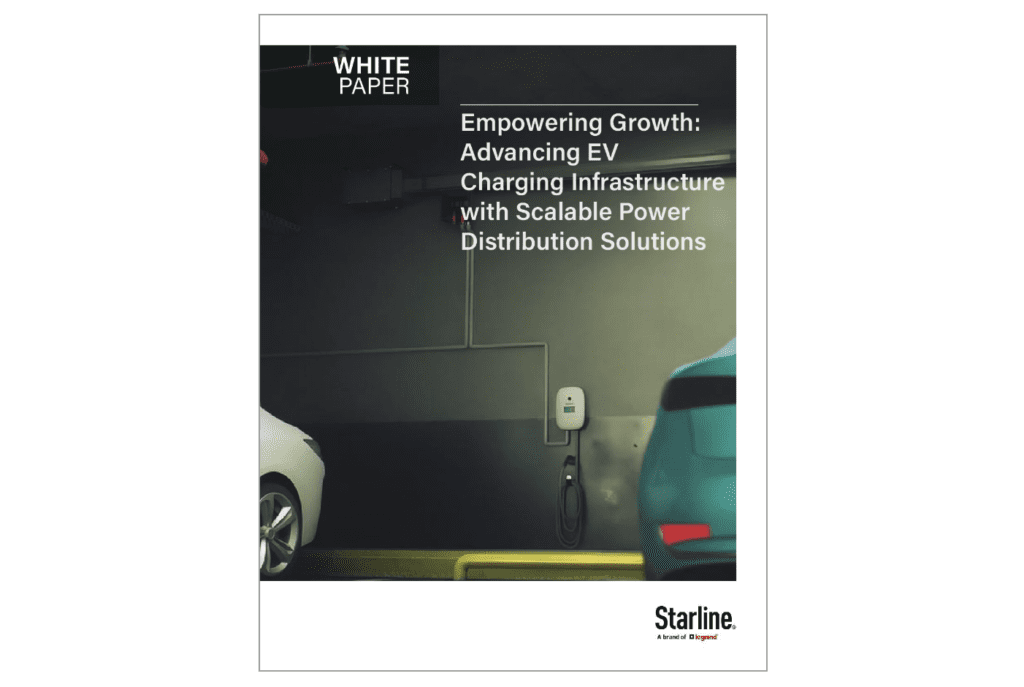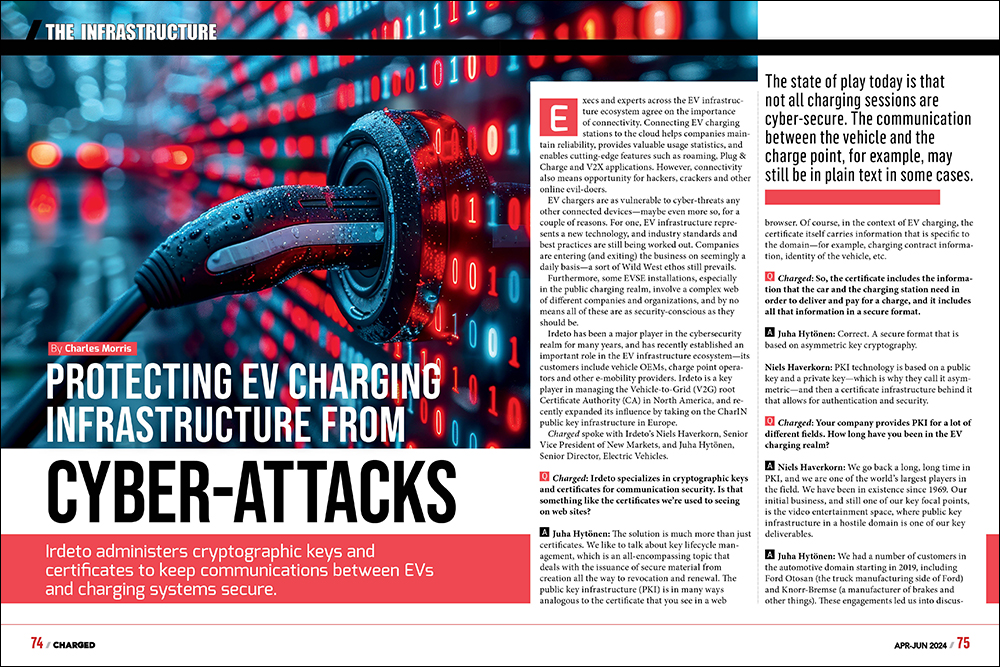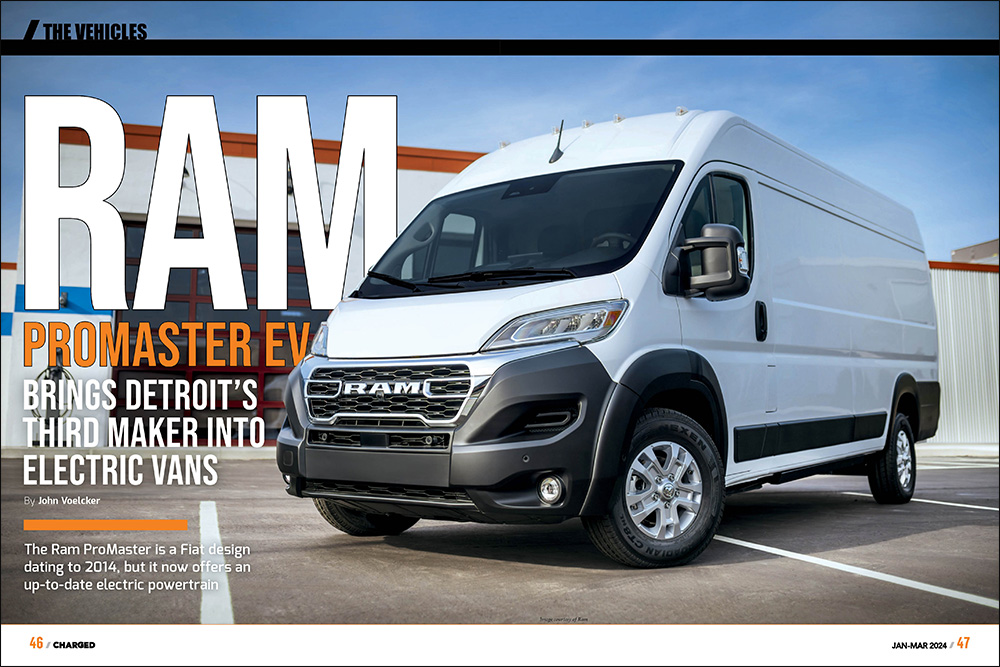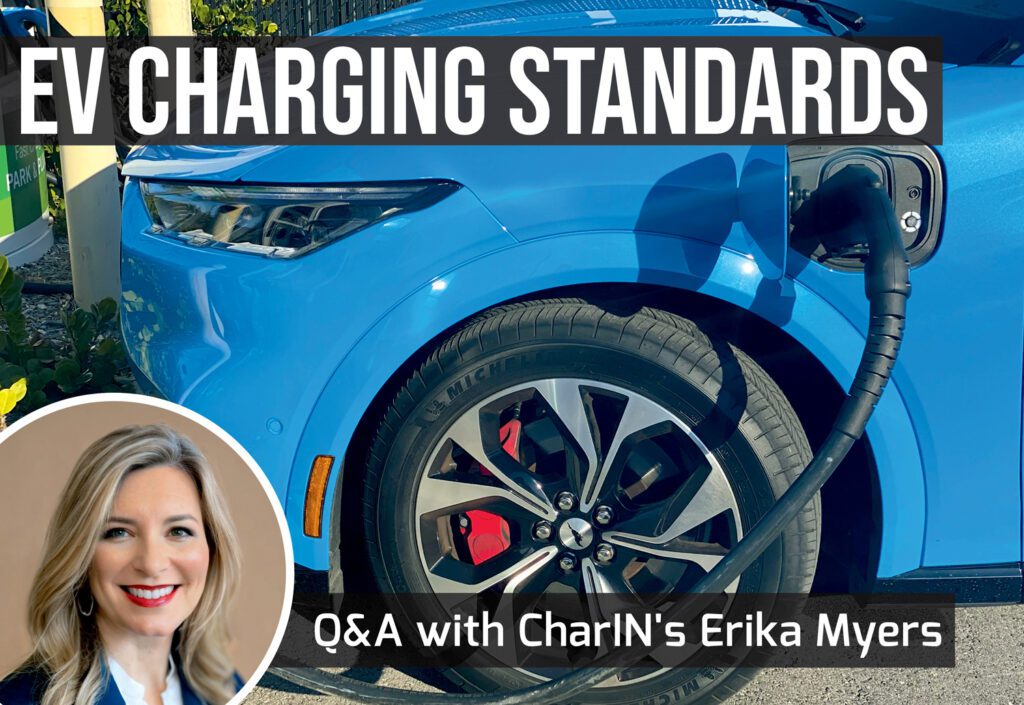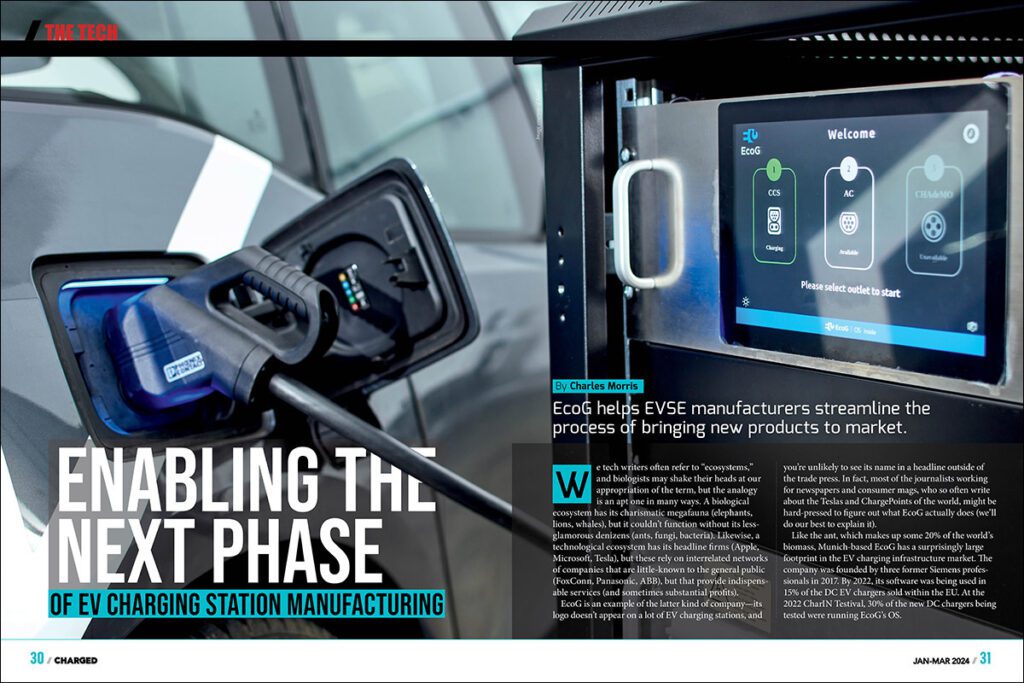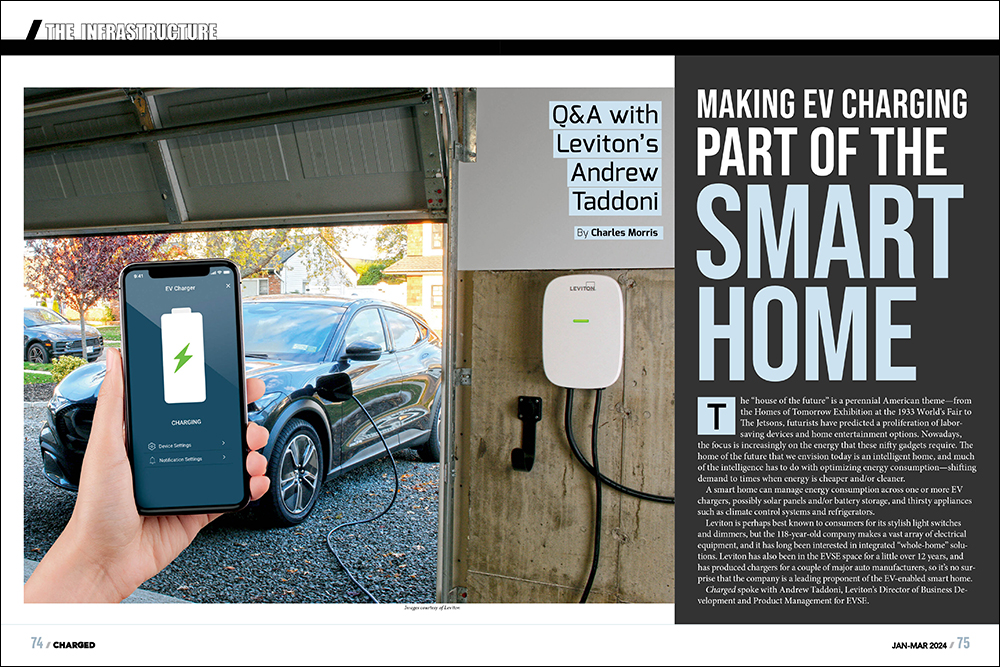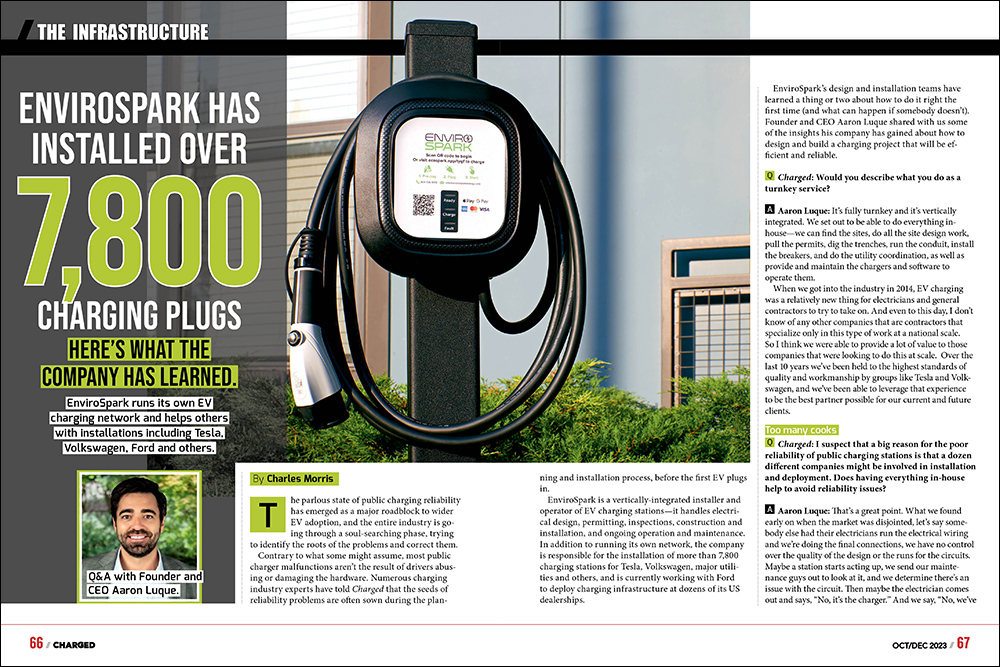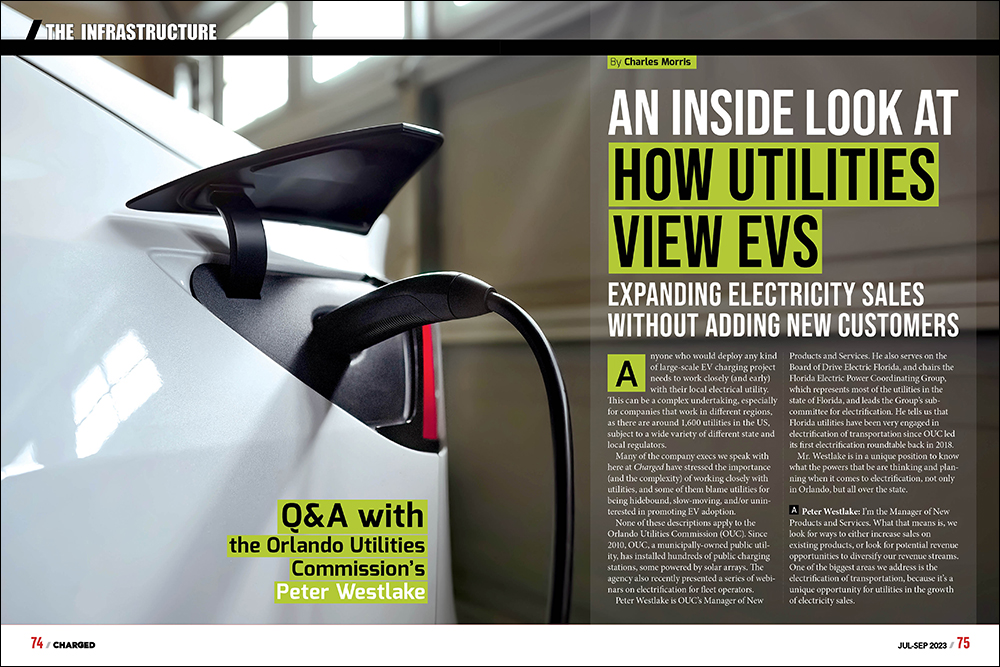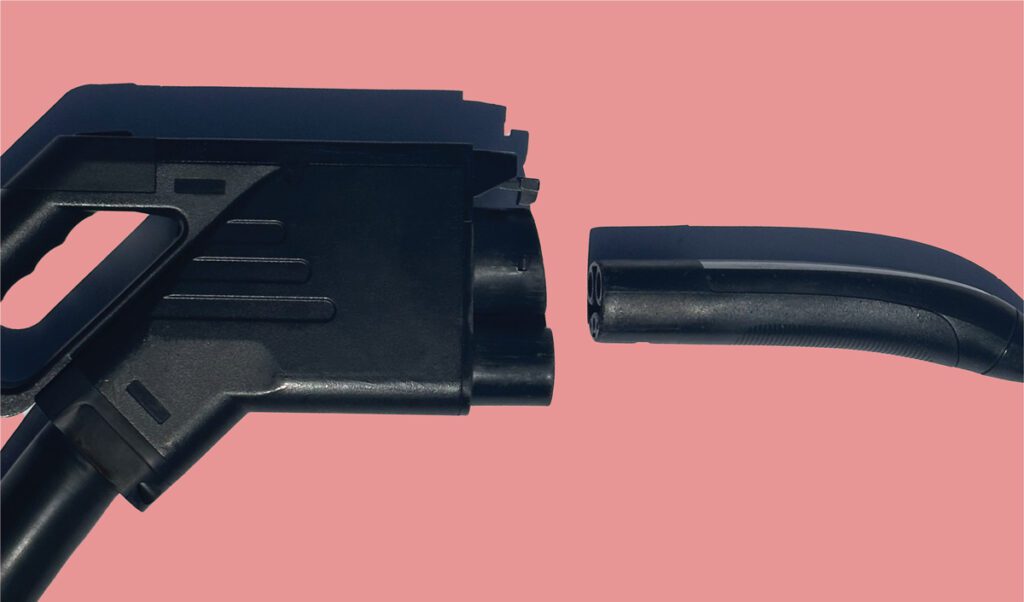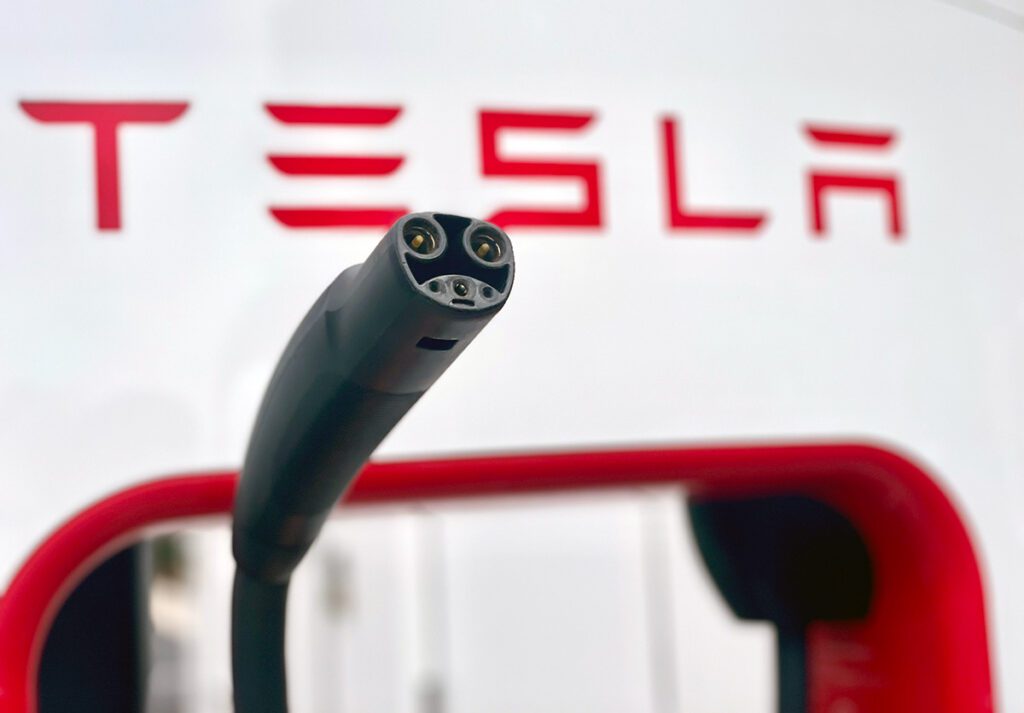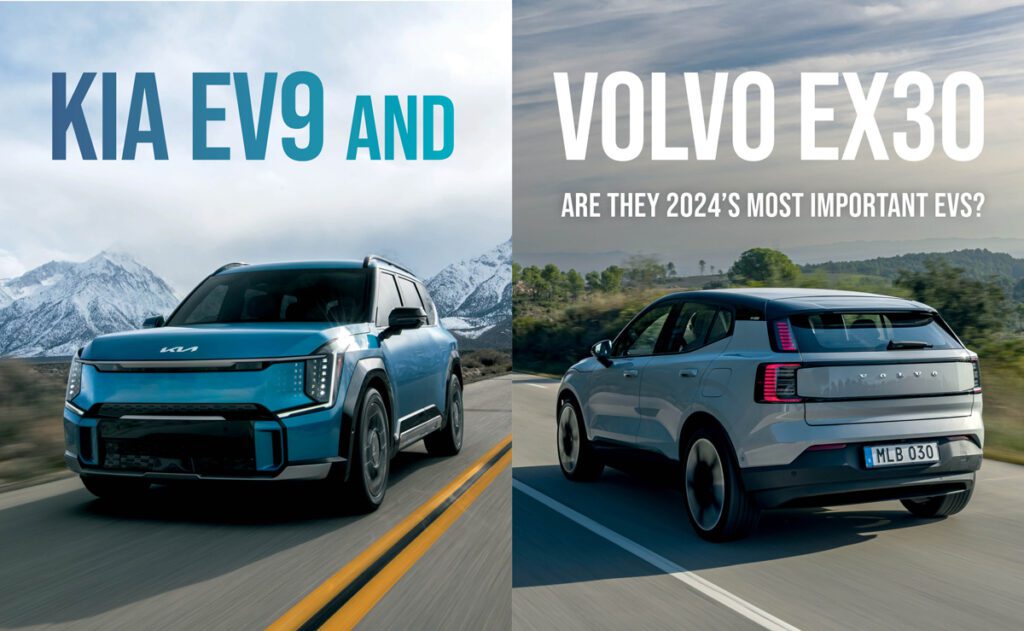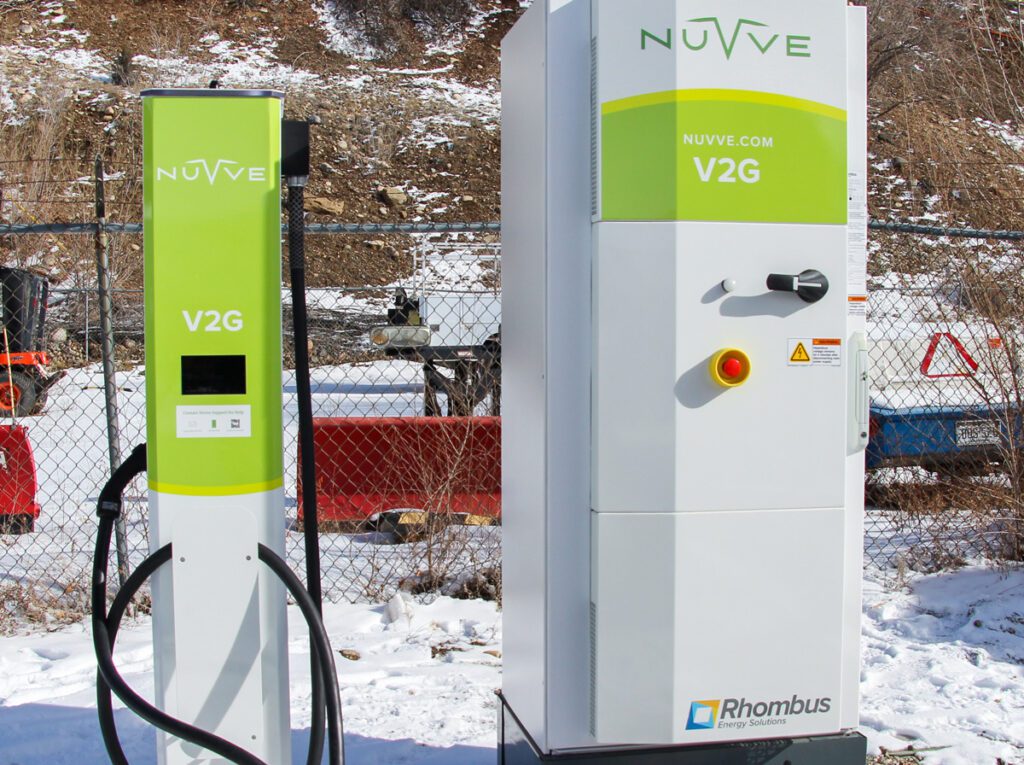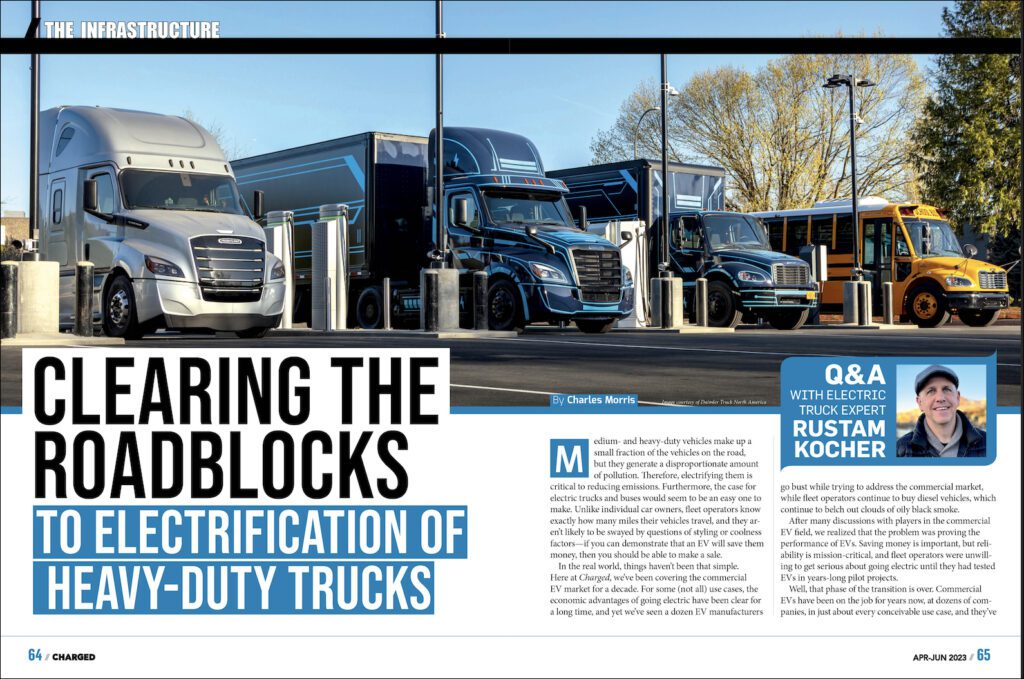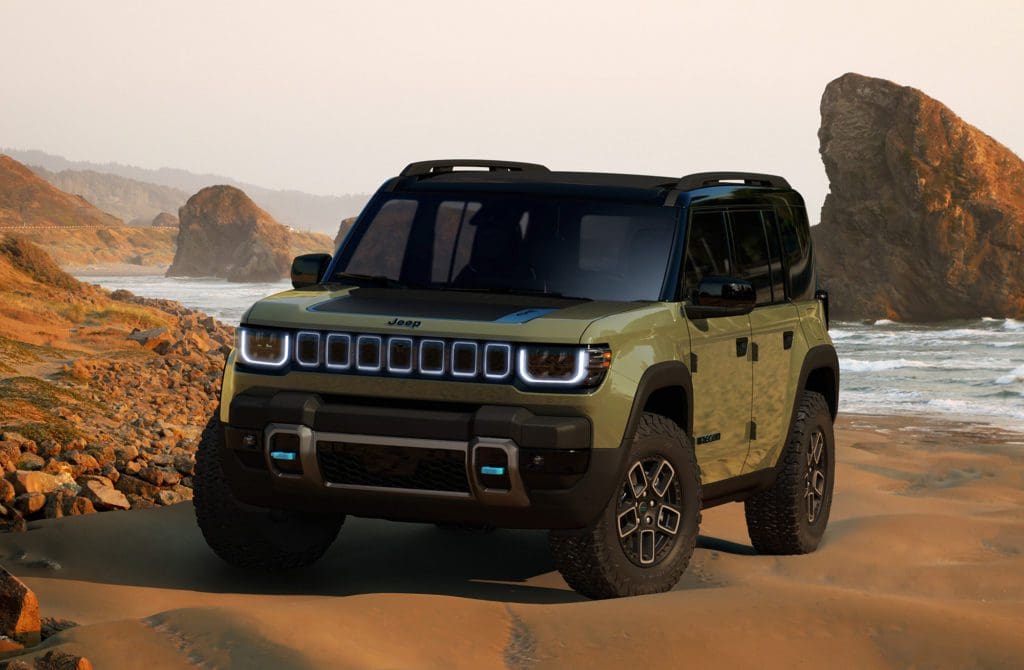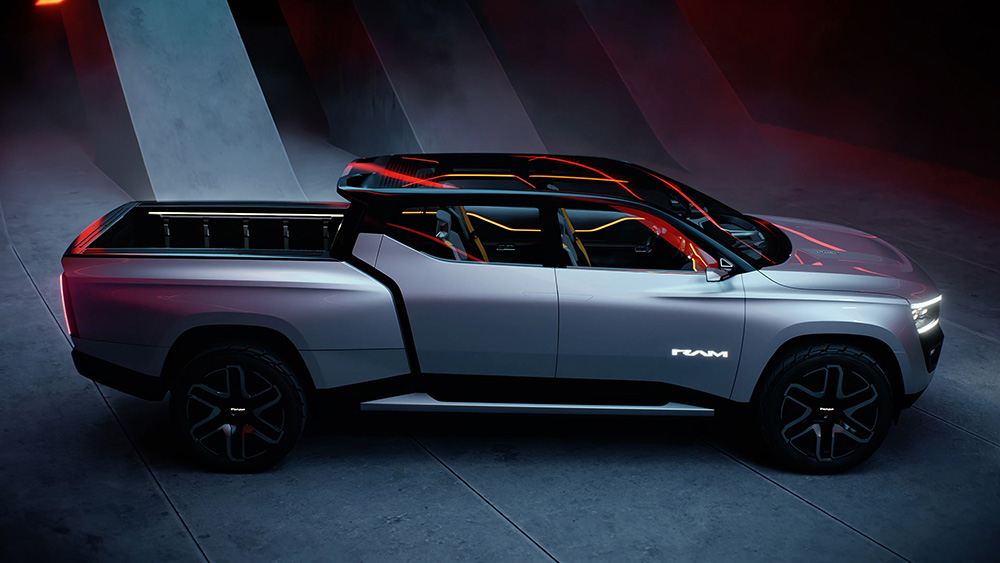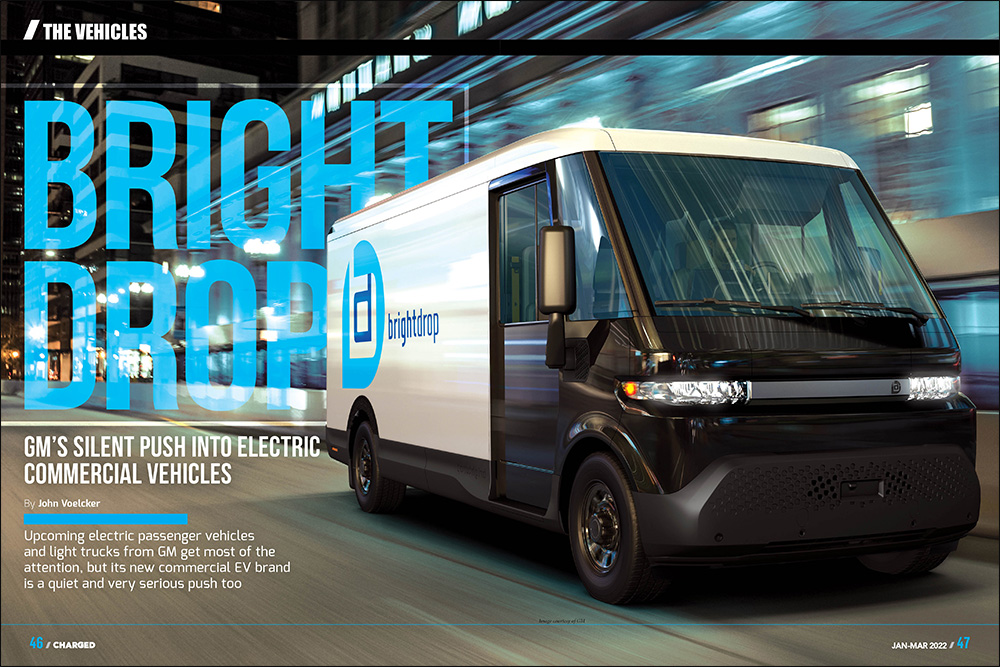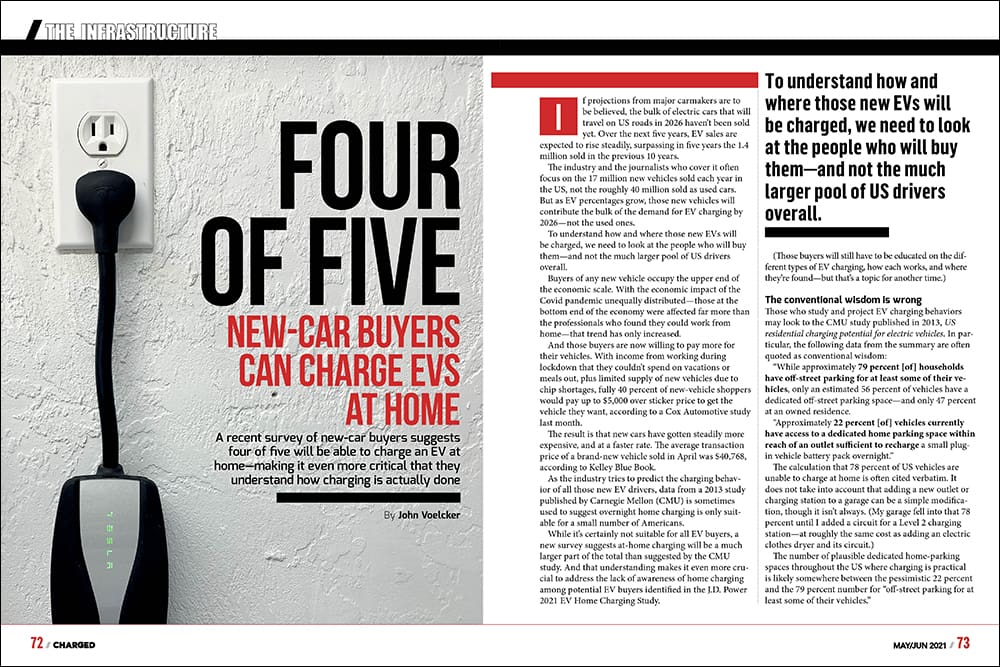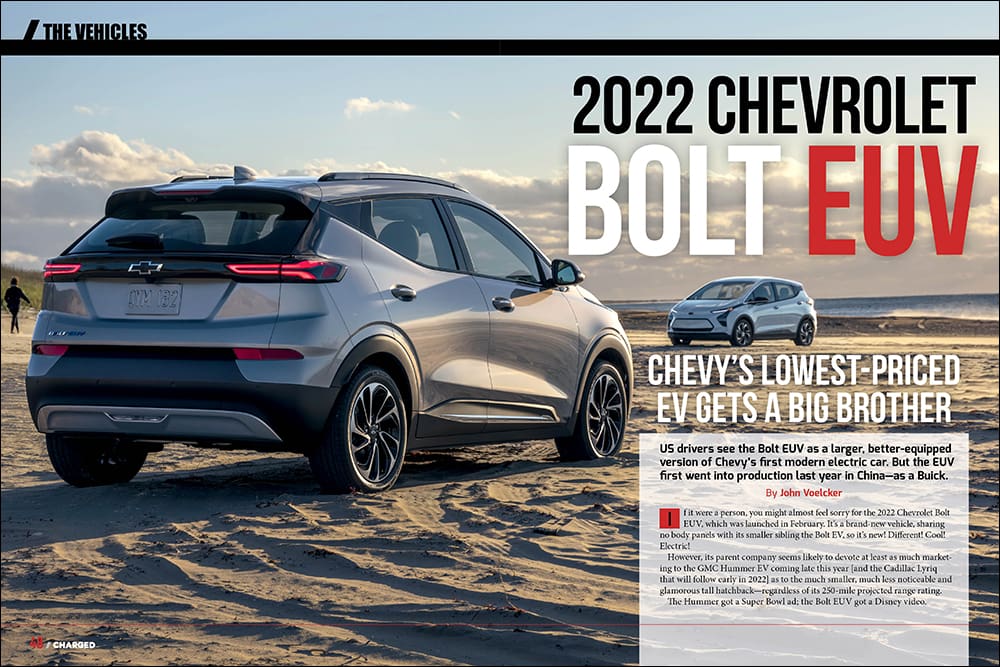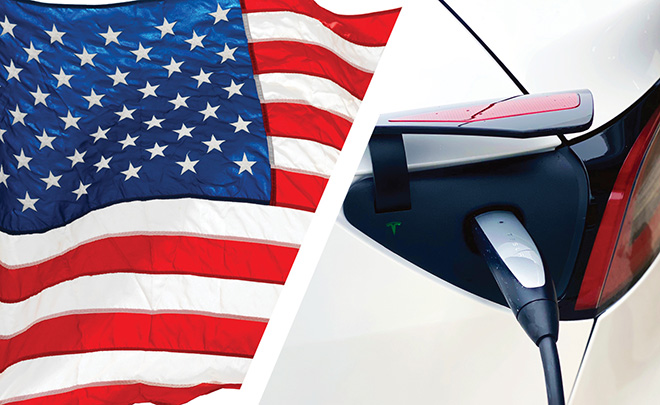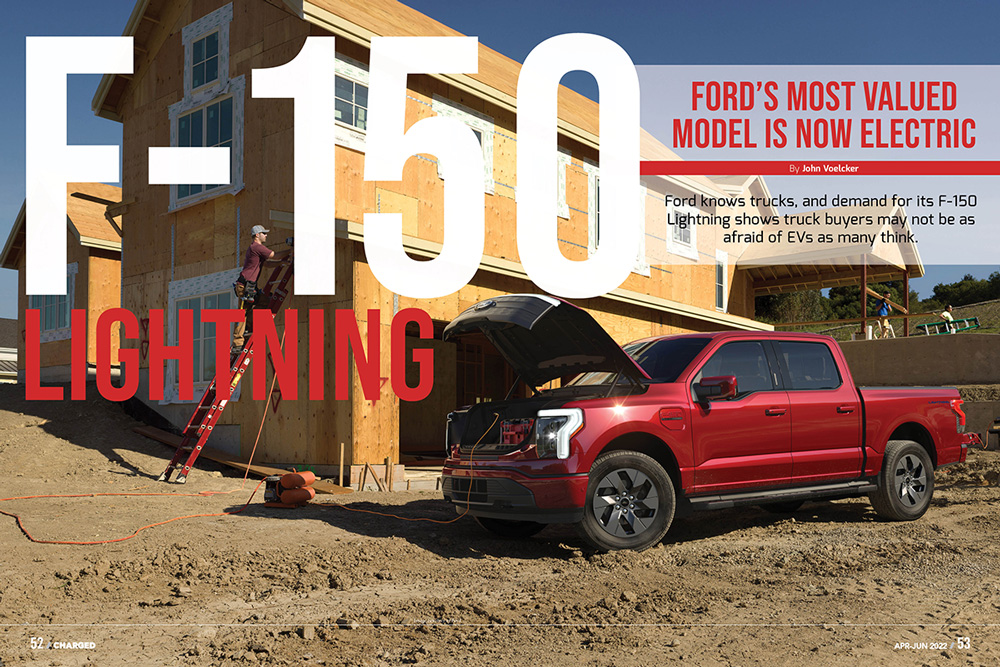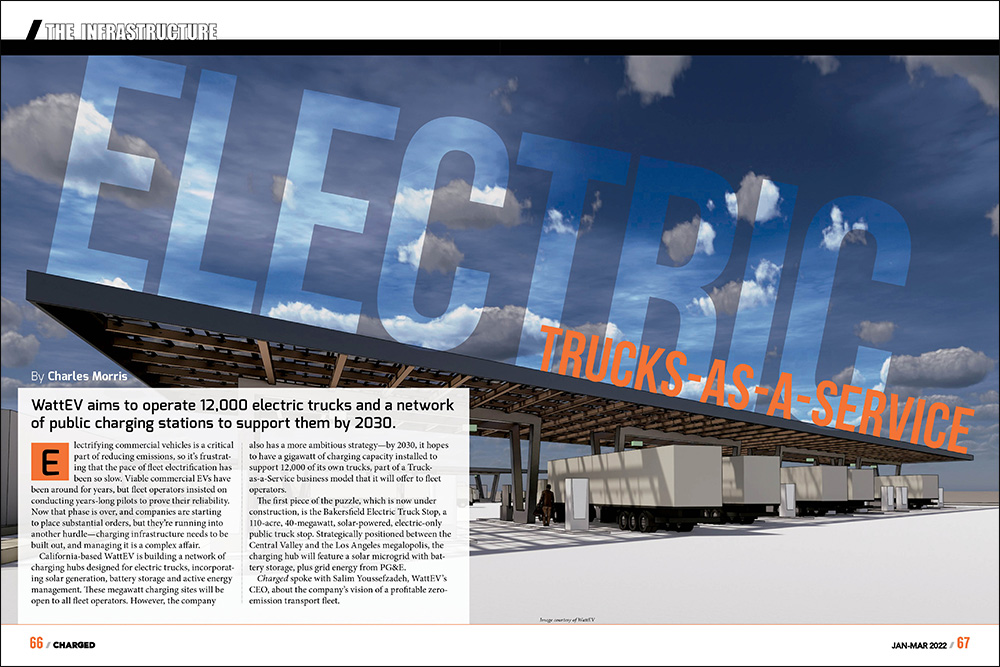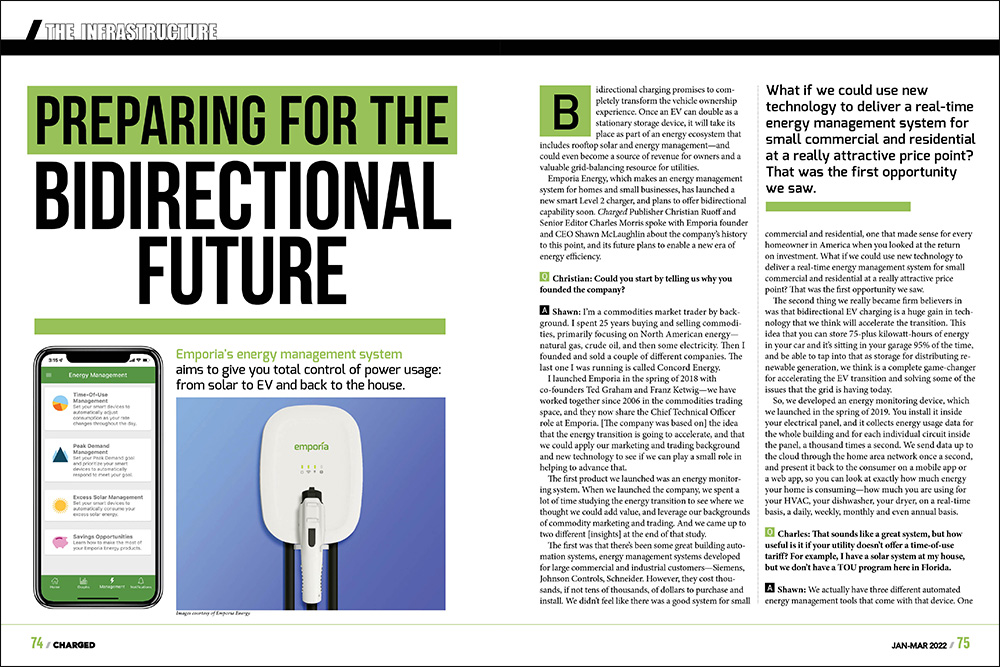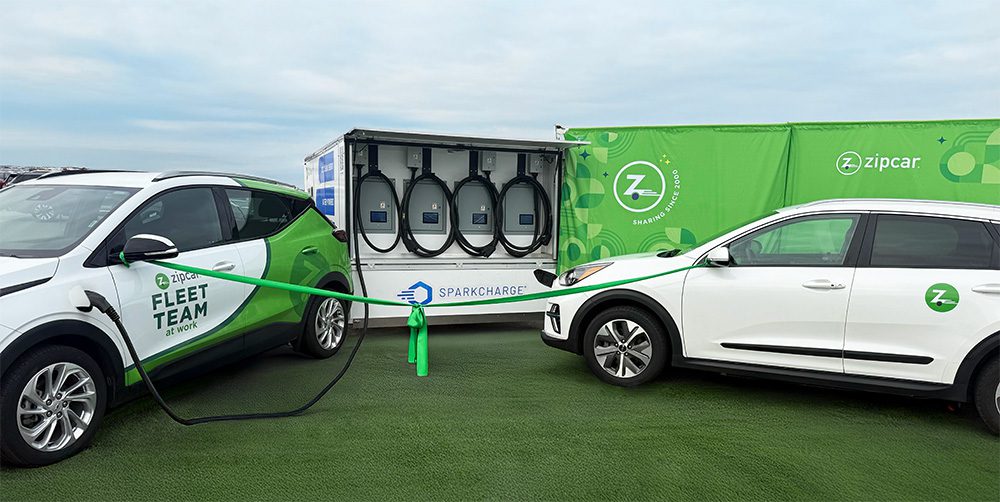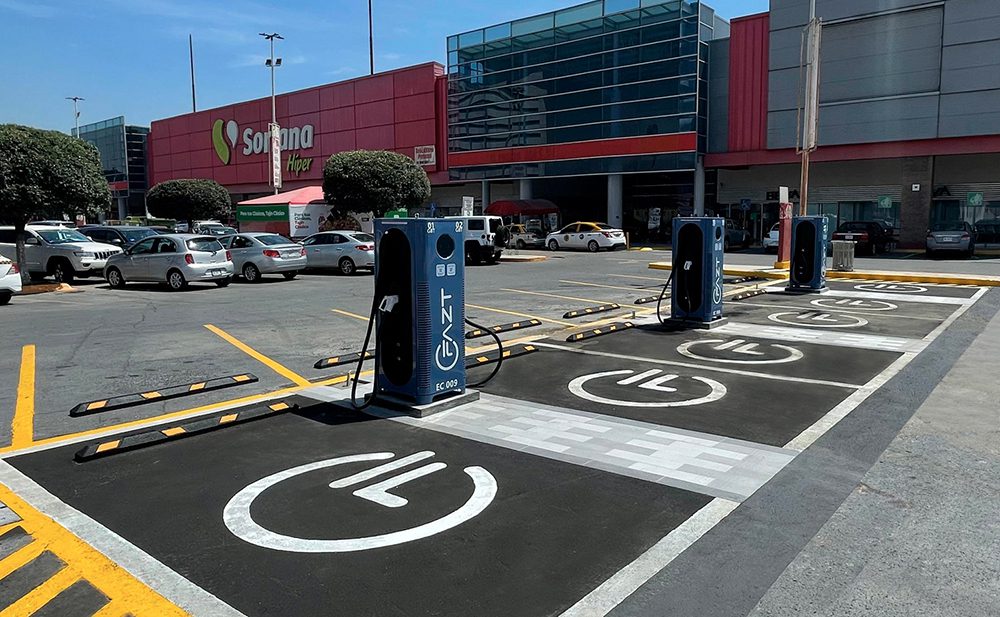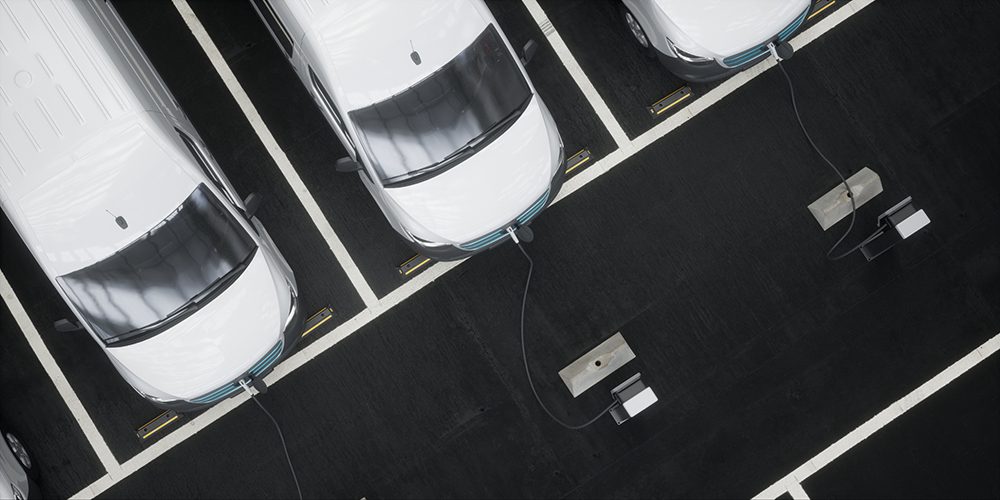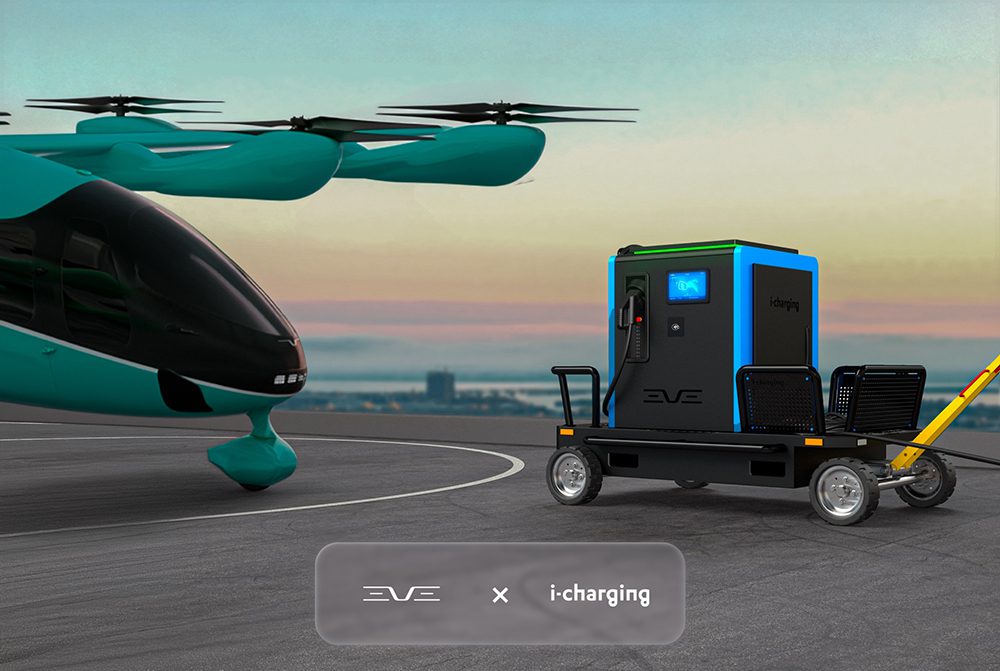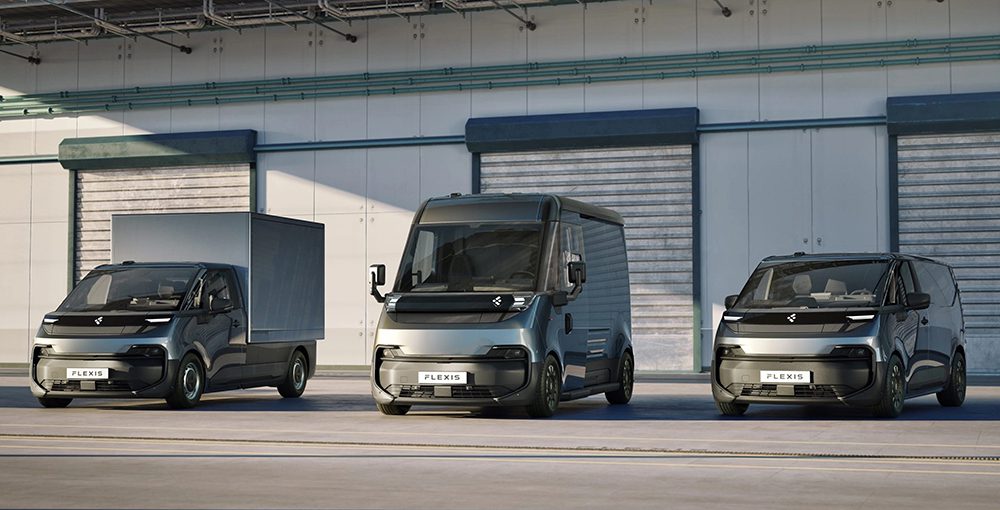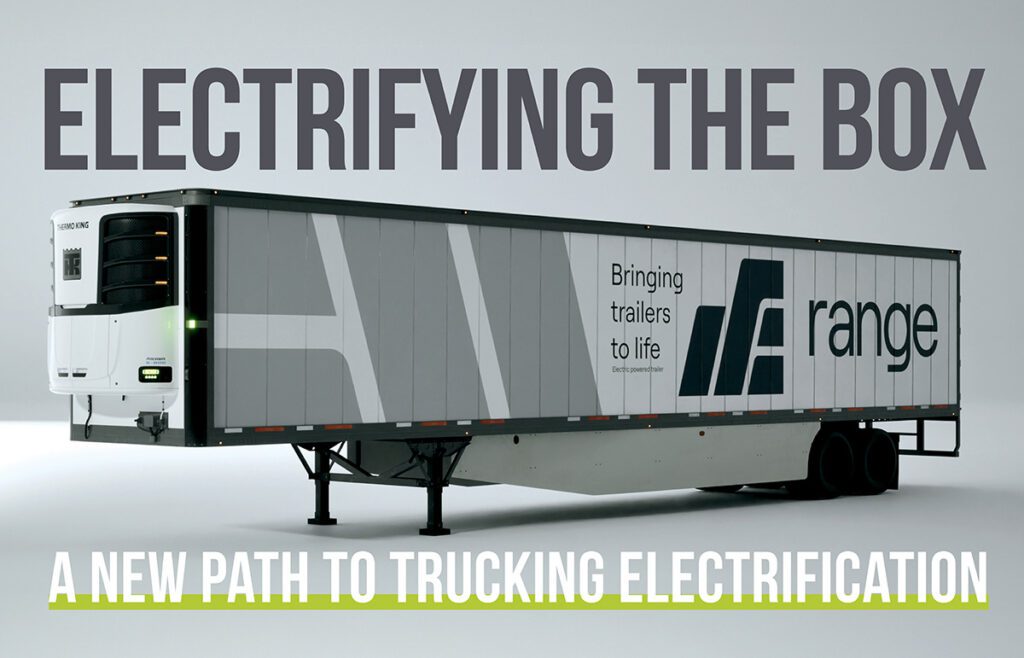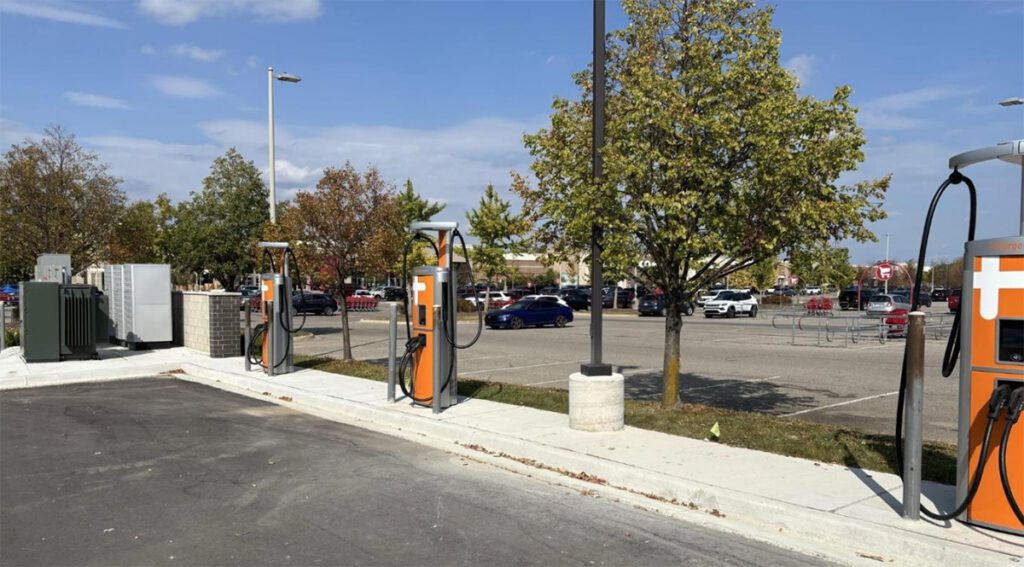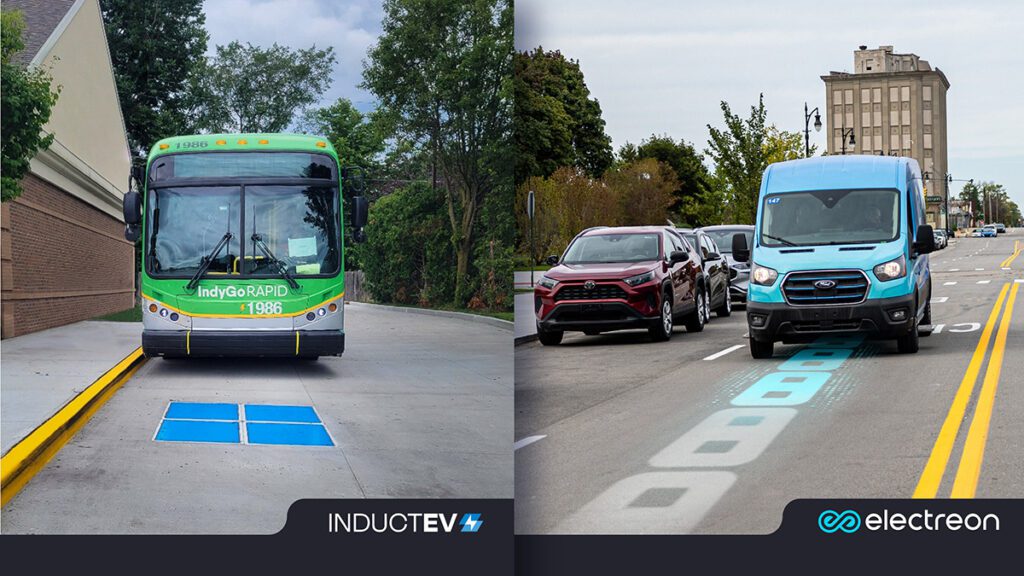Tesla, along with several other automakers and environmental groups, has formally asked the Biden administration to invest in charging infrastructure for electric buses, trucks and other medium- and heavy-duty vehicles.
The Bipartisan Infrastructure Bill (BIL) signed by President Biden last November includes $7.5 billion in funding for EV charging. In an open letter to Energy Secretary Jennifer Granholm and Transportation Secretary Pete Buttigieg, the automakers and other groups asked the administration to allocate 10 percent of this money to infrastructure for medium- and heavy-duty vehicles.
“While heavy-duty vehicles make up only ten percent of all vehicles on roads in the United States, they contribute 45 percent of the transportation sector’s nitrogen oxide pollution, 57 percent of its fine particulate matter pollution, and 28 percent of its global warming emissions,” reads the letter in part. “The pollution from these vehicles disproportionately impacts low-income and underserved communities. Fortunately, electrifying medium- and heavy-duty vehicles is already economical in many cases…Access to charging, on the other hand, remains a significant barrier to adoption.
“Most public EV charging infrastructure has been designed and built with passenger vehicles in mind. The size and location of spaces reflect an interest in servicing the driving public, not larger commercial vehicles. If America’s MHDV fleet is to go electric, the charging infrastructure built under the BIL will need to take its unique needs into account.
“As the Biden administration drafts guidelines, standards and requirements for EV infrastructure paid for by the BIL, we ask that they encourage states to develop charging infrastructure designed to service MHDVs. More specifically, we ask that at least ten percent of the funding included in the BIL’s Section 11401 Grants for Fueling and Infrastructure Program be spent on charging infrastructure designed to service MHDV—both along designated alternative fueling corridors and within communities.”
Source: The Verge



